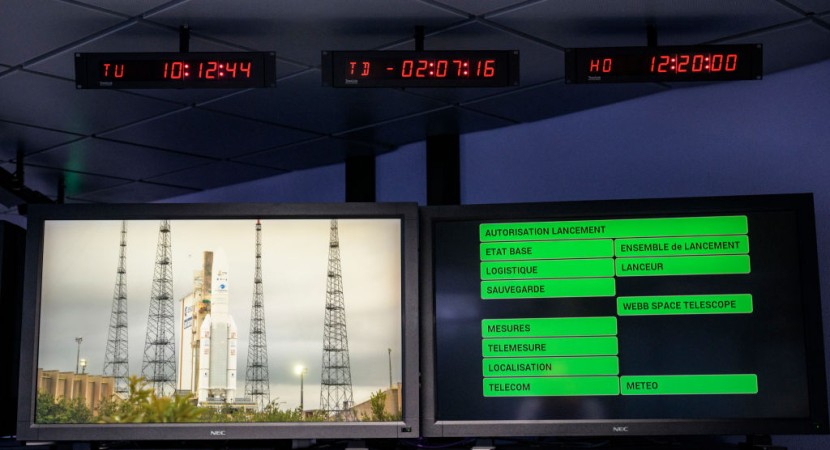
NASA has successfully installed the last piece of its latest and most powerful telescope in space after two weeks of the complex initiation process.
The last component scientists fixed inside the James Webb Space Telescope was its largest and most sensitive mirror made of beryllium, light but highly durable and cold-resistant metal. It has 18 hexagonal segments, each coated with gold to reflect infrared light. Each portion, with the size of a coffee table, will be calibrated in the coming weeks to enable them to perform scans on stars, galaxies, and alien planets in search of signs of life.
Scientist calls it Webb's "golden eye, which is protected by its sun shield that provides subzero shade, with the size of a tennis court.
The $10-billion Webb telescope, launched into space on Christmas Day, serves as a giant orbiting observatory that targets to integrate and extend the discoveries of the Hubble Space Telescope, launched in 1990, as per the Associated Press.
Read Also : NASA Refuses To Rename Its $10 Billion Technological Marvel; The James Webb Telescope Launches In December
Powerful Observatory
The Webb, with its sophisticated technology of more extended wavelength coverage and significantly increased sensitivity, will seek a vast amount of data from light emitted by the first stars and galaxies that formed 13.7 billion years ago. The high-tech lenses provide the giant telescope the capability to examine closely stuff in the universe such as dust clouds, stars, and planetary systems that dates back a long, long time ago, even those that are much closer to the beginning of time.
The Webb's primary mirror measures 6.5 m (21.3 ft) approximately. It is so large that scientists had to apply origami techniques to fit it inside the Ariane 5 rocket, which is among the contributions of the European Space Agency to the mission, according to CBS News. The Ariane 5 is considered one of the most reliable launch vehicles in the world.
The mission was launched on December 25 (7:00 am EST) at the European Space Agency's Europe's Spaceport located near Kourou, French Guiana.
A Milestone For Astronomy
Astronomer Antonella Nota of the European Space Agency was impressed with the performance of everyone involved in the Webb telescope program that the process and preparations looked "so amazingly easy."
"This is the moment we have been waiting for, for so long," she said.
Mission control in Baltimore operated the unfolding of the left side of the "golden eye" on Friday. The right side snapped into place on Saturday, followed by applause and fist-bumping among flight controllers. NASA Science Missions Chief Thomas Zurbuchen went emotional about the historic installation of the final piece of the giant telescope, which he described as a" beautiful pattern" outside the Earth.
"We have a deployed telescope on orbit, a magnificent telescope the likes of which the world has never seen,." "So how does it feel to make history, everybody? You just did it." Zurbuchen said as he congratulated his team.
The Webb is expected to reach its destination of 1 million miles (1.6 million kilometers) away from Earth in the next two weeks. As of this writing, it has already traveled 667,000 miles (1 million kilometers). Observations will begin in the summer if everything goes well. According to NASA, it has a mission duration of five to 10 years, per CNN.
Related Article : NASA's Orion Unmanned Spacecraft is Ready To Journey to the Moon as the First Return in Decades








